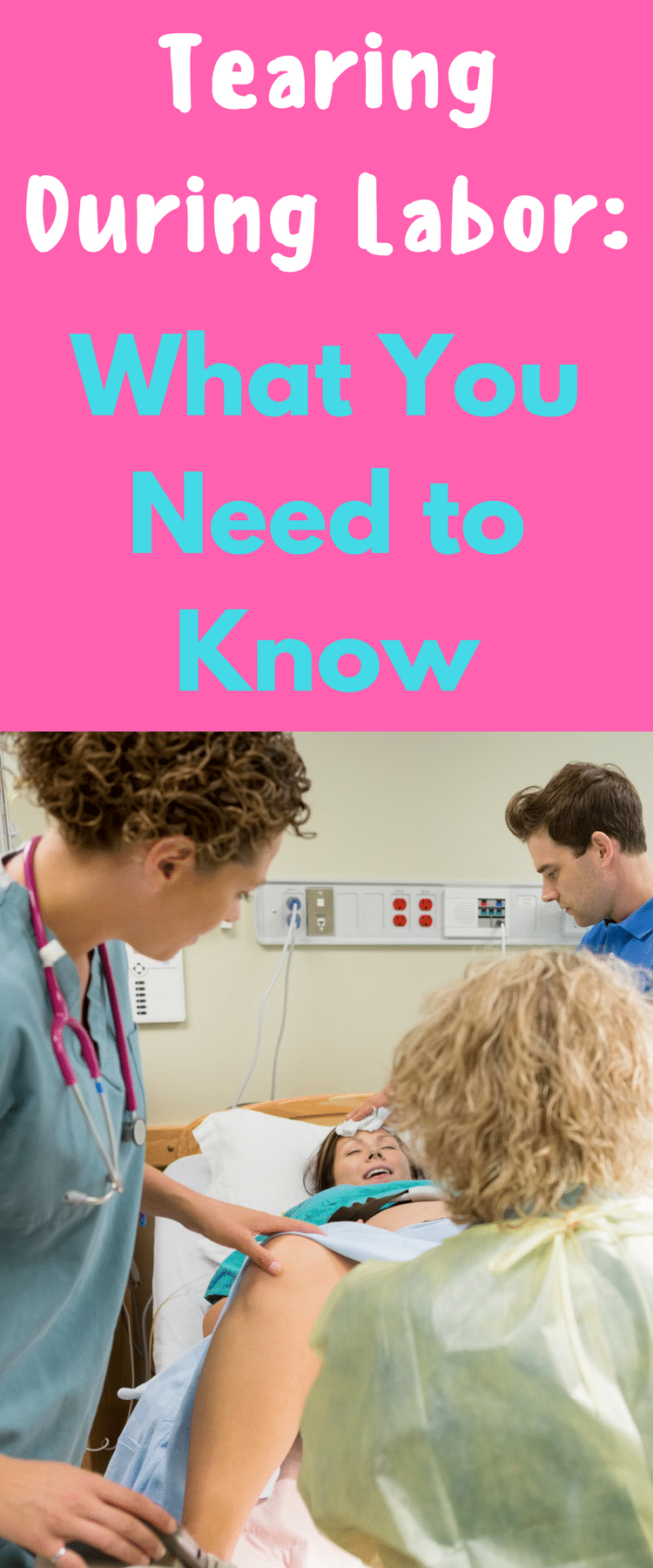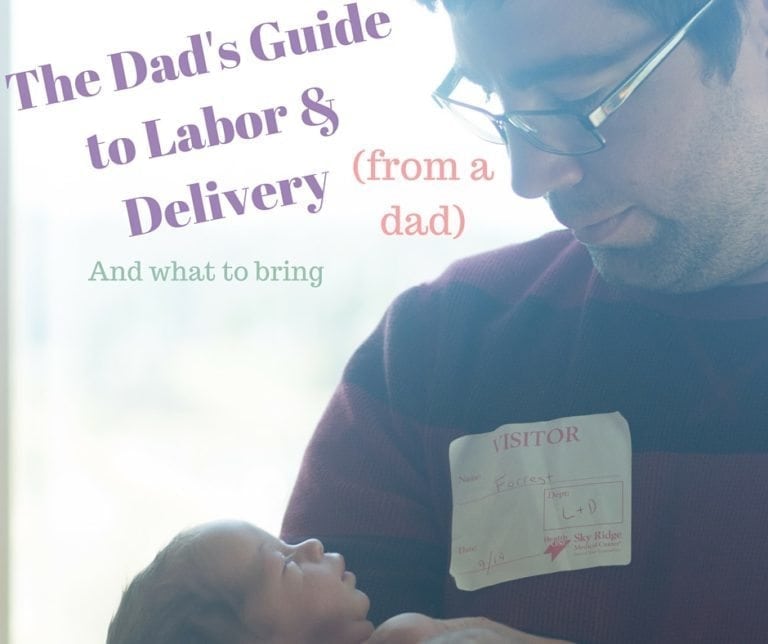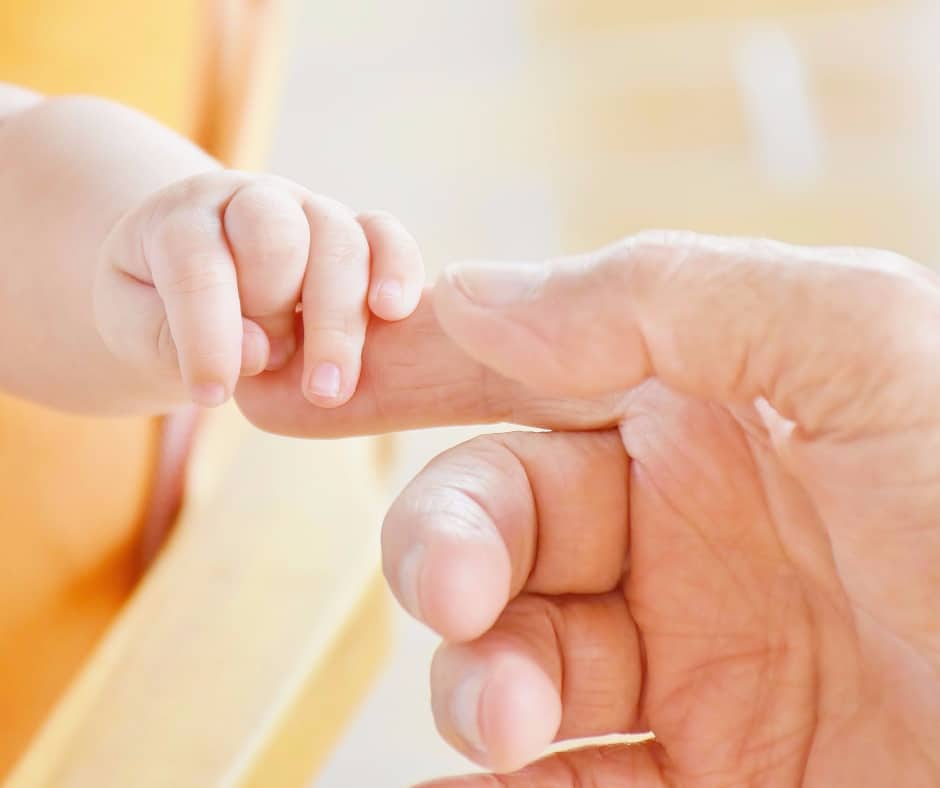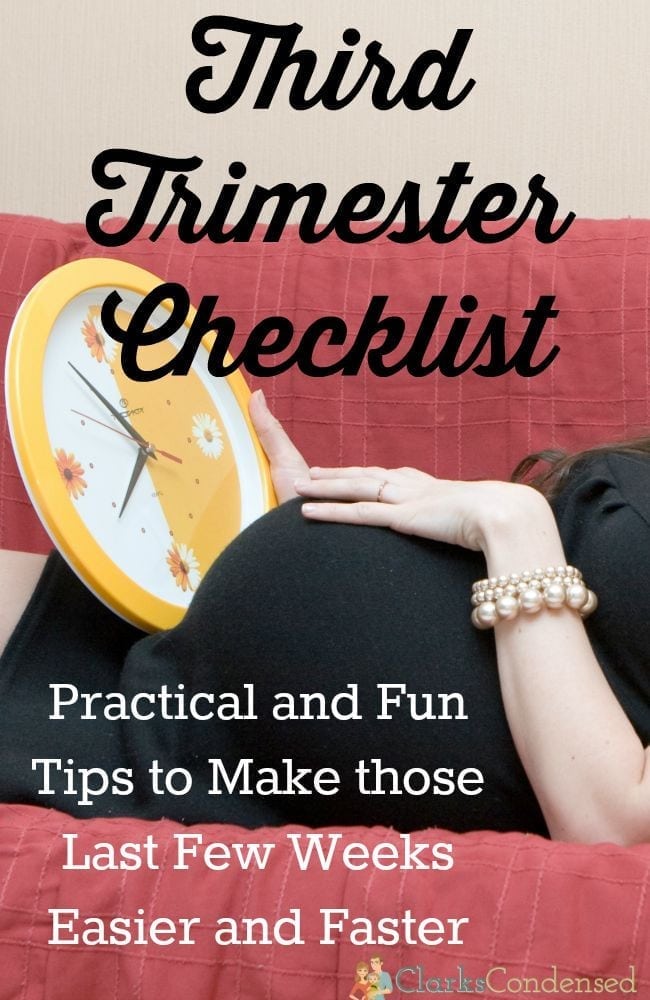How to Prevent Tearing During Childbirth
How to Prevent Tearing During Childbirth
When you’re eight months pregnant and preparing for childbirth, the last thing you want to hear is this:
Most women tear during labor.
But it’s true. Tearing of the perineum is quite common. Some say that around 90% of women giving birth to their first child tear*.
Most often these tears happen to:
- first time moms,
- women who have very fast labors,
- women who are birthing larger than average babies, and
- women who have gained more weight than is recommended during pregnancy.
The good news it that the majority are relatively minor and heal without issue. Only a small percentage of tears are more serious third or fourth degree tears.
Not sure what contractions will feel like? Check out Bloom Life – the first product of it’s kind that can help you know if it’s labor or braxton hicks! You can get $25 off your first month’s rental using the code Clarks25.
Degrees of Tearing
Just to clarify, when we’re talking about tearing during labor, we’re referring to how the perineum stretches to accommodate the baby’s body as it emerges from it’s mother. So a woman who undergoes a cesarean section will not have tearing.
However, before you assume that a surgical birth will save your vagina and perineum, be aware that recovery from a surgical birth is much more difficult and painful than recovering from most tears women receive during childbirth.
A first degree tear involves only the skin around the vaginal opening.
A second degree tear affects the skin as well as the muscle.
A third degree tear moves toward the anus.
And a fourth degree tear means that the perineum has torn straight through from the vaginal opening to the anus.
And as mentioned above, third and fourth degree tears account for approximately 1% of all tears during childbirth.
Can You Avoid Tearing?
If 90% of women tear during childbirth, it seems unlikely that you can avoid tearing.
But we know that, at the very least, you can reduce your chances of having a third or fourth degree tear if you follow the tips outlined in this article.
Prepare For Birth
There are several things you can do long before labor begins that can help reduce your chances of tearing. These things help promote good circulation and better skin elasticity which reduces your risk of tearing.
Eating and Exercise
Do your best during pregnancy to eat as healthy as you can.
This means eating plenty of fruits and vegetables, healthy carbohydrates such as whole grains, potatoes, and rice, and a variety of meat sources. Protein can help.
Ask your doctor or midwife to recommend a pregnancy-safe omega-3 supplement.
And don’t forget to drink plenty of fresh water.
Exercise regularly. You don’t have to run or lift weights. Walking and gentle full body movements such as deep squats can make a difference.
Deep body weight squats, especially done during the last trimester, allow the weight of the baby to put pressure on your pelvic floor muscles, including your perineum. In a way, this is like a warm-up stretch for childbirth.
Perineal Massage
You can also try perineal massage using warm oil. Ask your doctor or midwife about this relaxing, pre-birth ritual.
Choose your Doctor and Birth Place Carefully
During your pregnancy visits, ask your doctor how they deal with tears and if they have recommendations on avoiding tearing.
Also ask if they routinely perform episiotomies. From this conversation, you will get an idea if they will help you during labor to do all they can to help you prevent tearing.
Hire a Trained Birth Assistant
Lastly, if you are very nervous about childbirth, consider hiring a doula.
A doula is a well-trained birth assistant who meets with you during pregnancy to discuss your birth plan. She may also be trained in perineal massage.
Ideally, she will be a calming presence for you during childbirth.
Make sure you select a doula who is well-regarded and has a good reputation. A good doula is worth their weight in goal.
Delivery Day
There are things you can do during labor that will help prevent you from tearing.
If possible, spend some of your labor in warm water. Either a labor tub or a warm shower will help keep you relaxed, reducing your chances of tearing.
Keep your perineum warm. You can ask a nurse, a doula, or your birth partner to help you by providing warm compresses. The warmth allows the skin and muscles to relax, making the perineum more likely to stretch open for the baby’s passage.
You can also ask if you can use a lubricant such as olive oil to help the baby slide out a little easier.
Birth Positions
Certain birth positions have a higher likelihood of tearing. Try to avoid lying on your back.
Instead, stay upright as much as possible throughout early labor and when you begin pushing, consider these positions:
- on hands and knees,
- leaning forward while sitting, kneeling, standing, or
- lying on your side.
If your baby is coming fast and you need to slow things down, lying on your side is a great position to slow things down, plus it’s also good for decreasing the risk of tearing.
Pushing the Baby Out
When it comes time to push, rather than holding your breath and tensing all your muscles, follow your body’s signals.
If you can pant and give small, short pushes or slowly exhale as your push while doing your best to keep your pelvic floor muscles relaxed, you will be able to reduce your chance of tearing.
Avoid Episiotomies
Lastly, make sure your birth partner knows your wishes about avoiding an episiotomy. The statistics show that episiotomies increase the risk of a third or fourth degree tear.
Conclusion
Even if you do everything right, there is a good chance that you will tear. The good news is that you rarely feel a tear as it happens.
Keep in mind that stitches are not always necessary. Some women find that they heal better without stitches. As your doctor what his or her stance is on stitches.
If you do tear, follow basic post-childbirth advice: clean the perineal often and change your pad frequently. If you experience any foul odors or continued discomfort, talk to your doctor.
Above all, do your best to plan a relaxing birth. Your body was designed for pregnancy so trust that it will get you through labor too.
Author:
Sophia Nguyen is the founder of “Healthy Baby Happy Earth” website. She is a blogger, and she loves writing about babies and helping the parents by providing only the most useful information.
*Information on tearing during labor
Griffith’s Women Health
This post is for information’s sake only. Nothing in this post or on Clarks Condensed can or should replace the advice of your medical professional.





